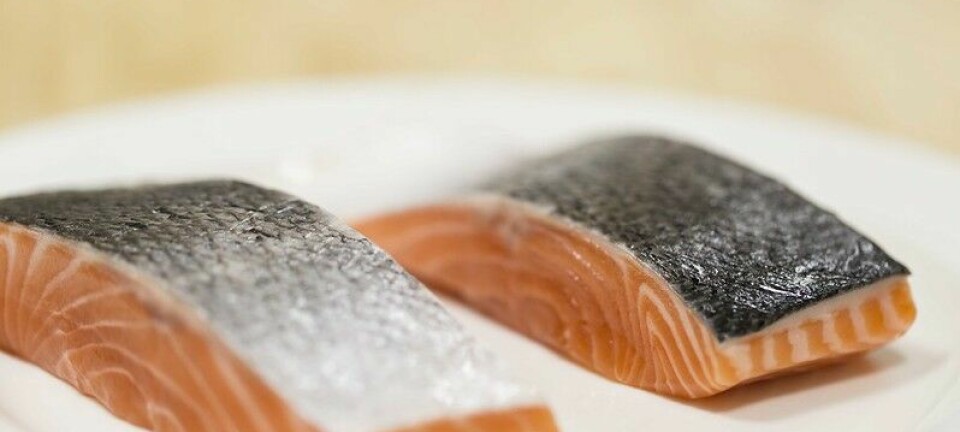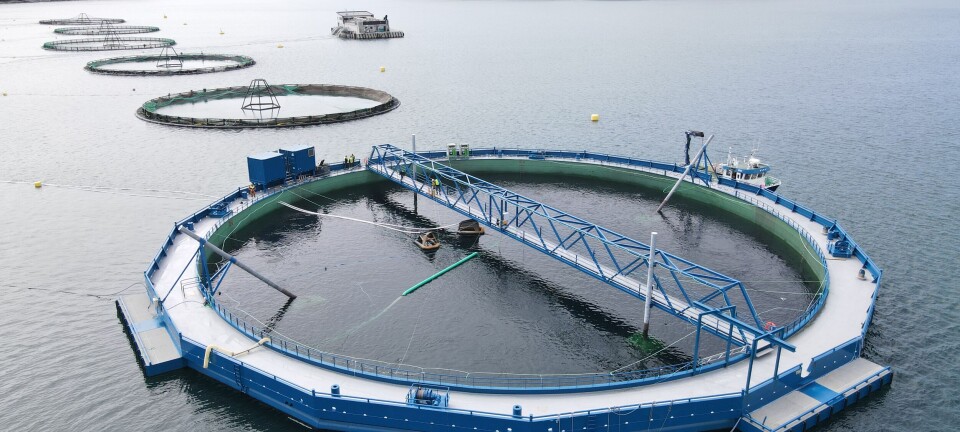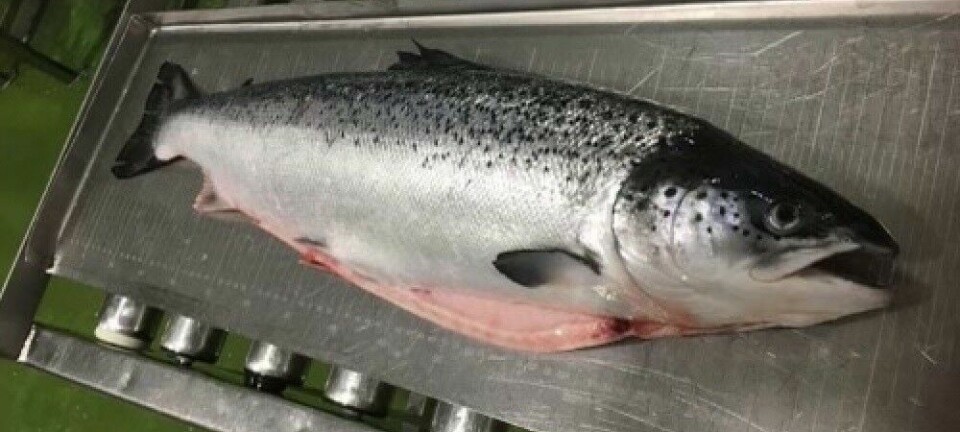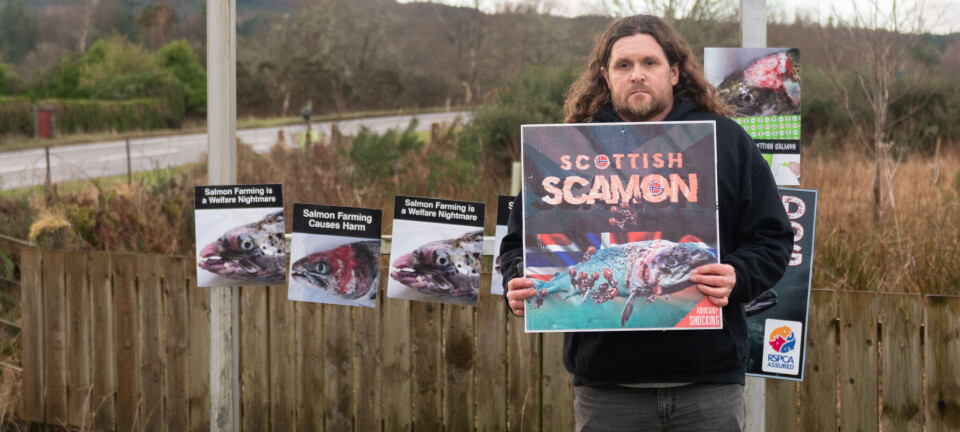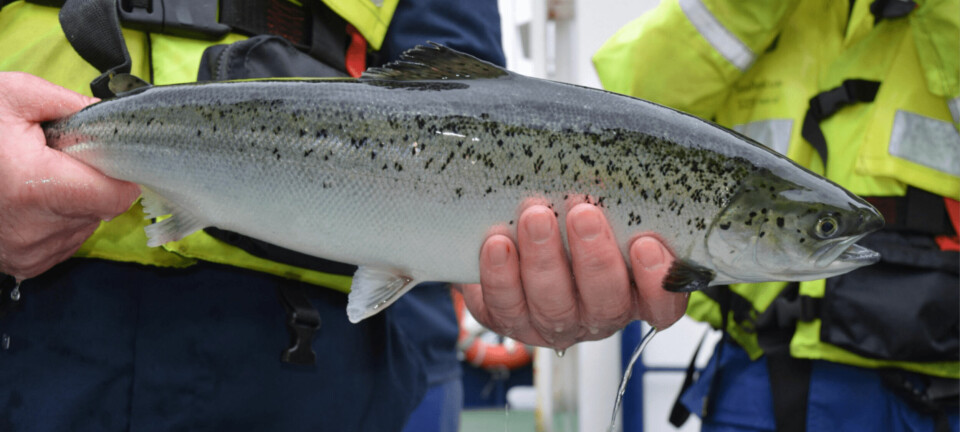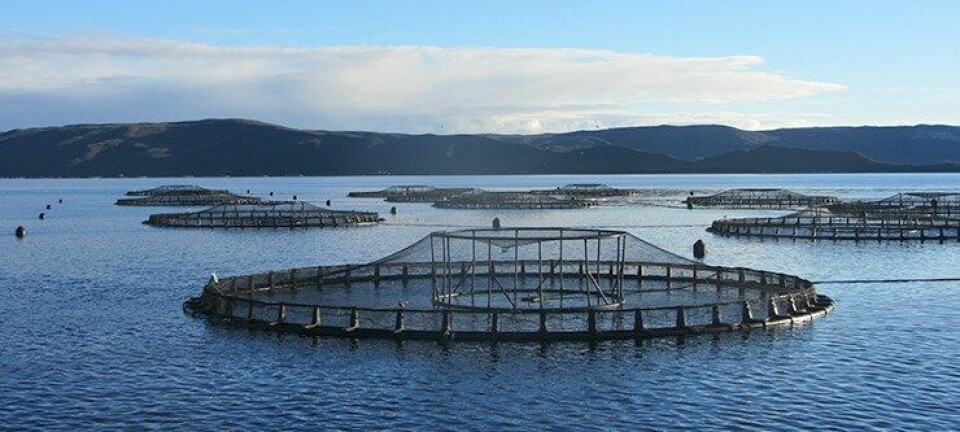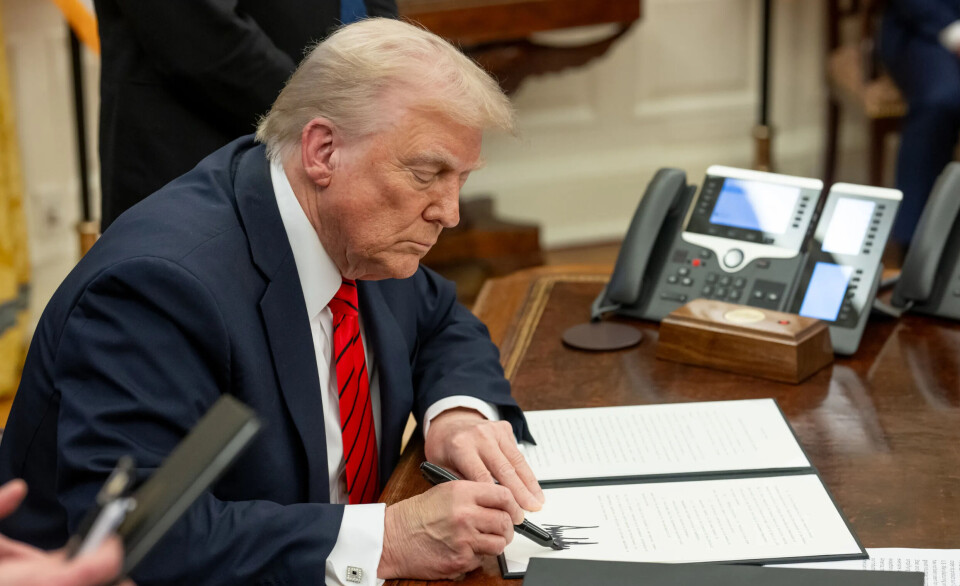
Trump makes new move to boost US seafood production
Order aims to remove rules that 'overly burden' fishing, aquaculture, and processing
United States president Donald Trump has issued an Executive Order aimed at increasing domestic seafood production.
It directs the Department of Commerce to immediately consider suspending, revising, or rescinding regulations that “overly burden US commercial fishing, aquaculture, and fish processing industries”.
The move is primarily designed to boost the wild catch sector by revising “restrictive catch limits” and - in a separate proclamation - opening the 400,000 acres of the Pacific Remote Islands Marine National Monument, which sits south and west of Hawaii, to commercial fishing.
But it also mandates the development of a seafood trade strategy to address unfair competition, low environmental and labour standards, and illegally sourced seafood from abroad. This may benefit the US farmed shrimp sector, which struggles to compete against imports from countries with lower wages and farming standards, although it does little to help finfish farmers.
Aquaculture Opportunity Areas
Trump previously attempted to boost US seafood production with an Executive Order in 2020, during his first term of office. That order instructed the Commerce Department’s National Oceanic and Atmospheric Administration (NOAA) to identify Aquaculture Opportunity Areas (AOAs) suitable for commercial aquaculture in federal waters.
It also aimed to simplify the permitting process, which differs between states and between the east and west coasts. But progress has been slow, and in the Pacific Northwest the situation has got worse, with Washington State’s Board of Natural Resources voting to ban all commercial finfish net-pen aquaculture in state waters.
In an “Aquaculture Highlights” report about its work in 2024, NOAA Fisheries said it has researched three areas - Southern California, the Gulf of Mexico, and Alaska – for AOAs. NOAA has identified opportunities for finfish, shellfish, and seaweed aquaculture in Southern California and the Gulf of Mexico, and for shellfish and seaweed in Alaska, where the state opposes most aquaculture to protect its salmon fishing industry.
Assessments of AOAs in Southern California and Gulf of Mexico are expected to be finalised in the summer.
Southern California
NOAA experts identified up to 10 proposed AOAs in Southern California. Eight are in the Santa Barbara Channel and two are in Santa Monica Bay, ranging in size from 500 to 2,000 acres each. The total of the proposed areas amounts to 16,500 acres in federal waters that are potentially suitable to support finfish, seaweed, and shellfish aquaculture.
Four proposed AOAs have been identified in the Gulf of Mexico. One proposed site is off the coast of Louisiana and three are offshore of Texas, ranging in size from 500 to 2,000 acres each. The total of the proposed areas amounts to 6,500 acres in federal waters that are potentially suitable for finfish, seaweed, and shellfish aquaculture.
In Alaska, NOAA’s National Centres for Coastal Ocean Science and NOAA Fisheries held more than 100 public meetings for the Alaska AOA process. This is a multi-year process in which NOAA and the State of Alaska will work together to analyse locations for shellfish and seaweed aquaculture.
Sablefish
The NOAA report also mentions work carried out by its Northwest Fisheries Science Centre, the Jamestown S’Klallam Tribe in Washington State, and the University of Washington on research to optimise commercial production of sablefish (also known as black cod).
This partnership aims to develop and transfer knowledge and technology to the tribe in hopes of initiating commercial-scale operations in the US, although the recently-imposed ban on commercial finfish net-pen aquaculture in state waters stands in the way.








